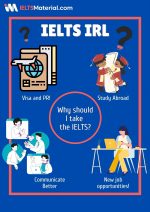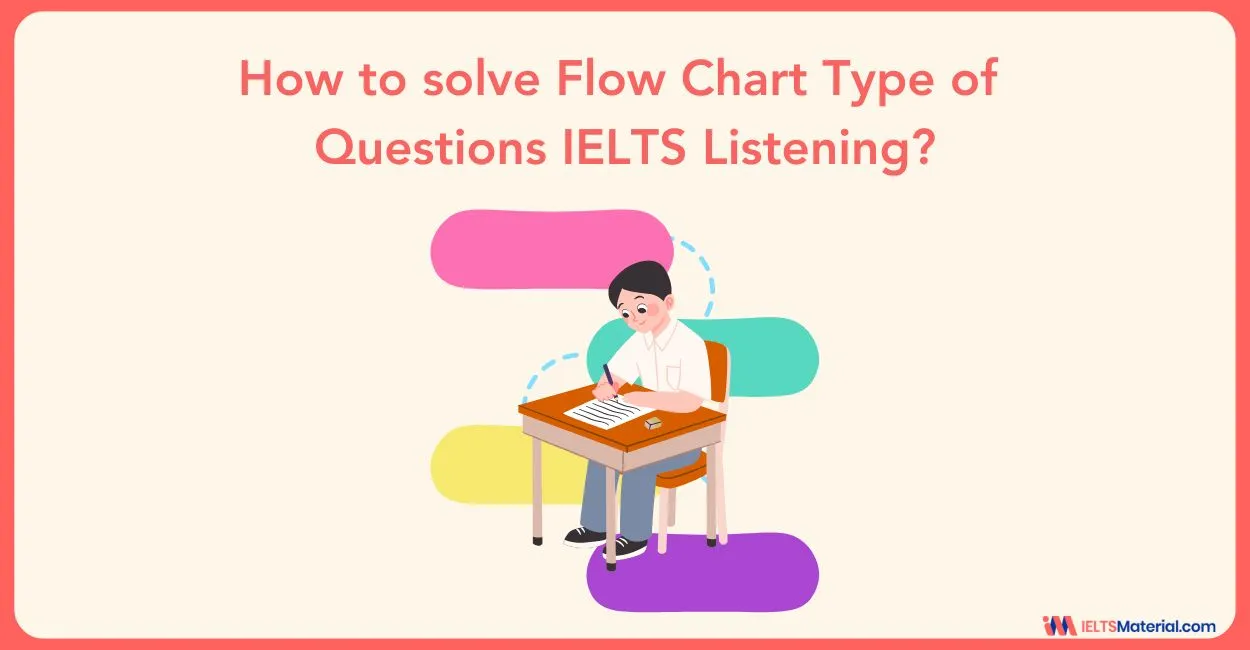IELTS Vs OET – Everything you need to know!

Limited-Time Offer : Access a FREE 10-Day IELTS Study Plan!
Confused about IELTS vs OET? Not sure if IELTS or OET is best suited for you? Check this article to learn the differences between IELTS and OET.
Introduction
IELTS (International English Language Testing System) and OET (Occupational English Test) both are used to test the level of proficiency in English of healthcare professionals and other professions in different parts of the world.
Therefore, they are chosen after ensuring that doctors, nurses and other professionals have sufficient language skills to communicate at a high level with patients and colleagues, and in a way ensure effective care and safety.
Individuals who are not from the medical field choose IELTS because OET mainly has content which includes medical topics, therefore nurses, doctors and people in other medical professions, seem to find it more suitable.
Similarities:
- Both IELTS and OET have four modules: Listening, Reading, Writing, and Speaking.
- Listening, reading and writing exams take place in one day.
- There is no pass/fail, but a graded score, eg. 7 for IELTS and grade B for OET.
- The required scores in the two tests for professions such as nurses are for similar levels of language skill when measured on the Common European Framework of Reference, specifically a C1 or advanced level.
- Both these tests were developed in the late 1980s. IELTS ownership is shared with IDP and the British Council. OET ownership is shared with Boxhill Assessment.

Differences:
1. Content:
IELTS tests academic English – IELTS academic is the only version accepted by healthcare regulatory bodies around the world. This accesses the ability to write essays, follow lectures, understand academic articles and discuss a wide range of topics, from the environment to science to education to social trends to cultural values. Basically, medical students who plan to migrate for the purpose of education can opt for IELTS academic.
OET tests the ability to communicate effectively in medical scenarios, write a referral or discharge letter, understand a patient consultation, or follow a text taken from a medical journal. In short, it includes passages and data in connection to the medical field.
2. Types:
IELTS:
Offers two versions: Academic as described, and General Training, used by organisations to test the more general language for those planning for immigration or vocational purposes. The Listening and Speaking sections are the same for both. Academic Reading and Writing focuses on Higher Education.
OET:
Offers 12 versions for different healthcare professions; nurses, doctors, dentists, pharmacists, optometrists, podiatrists, occupational therapists, vets, speech pathologists, dieticians, physiotherapists, and radiographers. The Reading and Listening sections are the same for both. The Speaking and Writing sections are modified in connection to the specific scenarios in which each profession uses English.
3. Format:
IELTS
| IELTS MODULES | CONTENT | PURPOSE |
| LISTENING
(30 MINUTES) |
4 recordings, 2 everyday conversations, 2 educational or other topics | To access understanding of main ideas and detailing of factual information. |
| READING
(60 MINUTES) |
3 long articles or texts from magazines, newspapers, journals and books. | Finding main ideas and logical answers and finding perfect options, complex reading strategies. |
| WRITING
(60 MINUTES) |
Task 1: report writing on given data.
Task 2:essay on the given topic. |
Level of understanding and knowledge about a particular subject with proper imagination where required. |
| SPEAKING
(15 MINUTES) |
Part 1: questions on general topics like job, home, and family.
Part 2: talk on a given topic for two minutes. Part 3: questions related to the theme of part 2. |
Communicate fluently on certain topics, with the use of good vocabulary and ideas with words that match the ideas. |
OET:
| MODULES | CONTENT | PURPOSE |
| LISTENING
(50 MINUTES) |
3 parts
Part A- consultation between a doctor and a patient. Part B: extracts from the workplace. Part C: presentation from healthcare professionals All recordings are based on general contexts. |
Accessing the level of understanding and concentration on details, |
| READING
(60 MINUTES) |
3 parts
Part A: related short text on a single topic. Part B:six short texts related to the workplace. Part C: long texts on general health care. |
Finding main ideas and logical answers and finding perfect options, complex reading strategies.Understanding of the medical language. |
| WRITING
(45 MINUTES) |
Topics are profession specific, writing referral letters on the given case notes etc. | Expand ideas clearly and showcase medical knowledge in the form of precise yet informative letters. |
| SPEAKING
(20 MINUTES) |
Basic questions on professional background. | Effective, accurate and structured conversation,digging details and showing in depth knowledge about the topic. |
4. Self Prep
IELTS:
Wanting a good IELTS score? You would need to have a proper understanding of a wide range of vocabulary on academic topics to decode meanings on the given texts.Test takers must learn to write reports on the given data and a range of essay types. Written texts need to be at an advanced level and so include complex structures and grammar. Learning a set of key exam techniques is also crucial.
You can start your IELTS Academic preparation with the Comprehensive IELTS Academic Band 8 Complete Preparation Course with Academic eBook Combo.
For IELTS General, check out IELTS Reading General: Learner’s Kit: Actual Tests eBook Combo.
OET:
It involves learning a wide range of healthcare-related and profession-specific language.The test takers are only then able to follow, engage with and participate in a variety of clinical scenarios, as well as understand medical texts and talks. They must be able to write a healthcare-related letter, such as a referral letter, at an advanced level. Learning techniques to crack the exam is also beneficial.
5. Marking:
IELTS is marked out of 9, with a separate score for each paper.
OET is graded from A (best) to E, along with numeric description to show where the individual stands.
The regulatory bodies specifically ask for a C1 level of language, i.e. around 7 in IELTS and a B in OET.
Conclusion
A strong command of the English language is essential for professional success. An individual’s capacity to integrate into the local culture and working environment overseas is significantly influenced by their language proficiency. On IELTSMaterial, you can find online study tools that can keep you current with your learning as well as advice on how to ace the test from language exam experts. To start your IELTS journey, sign up today!
Also check :
Explore IELTS related articles

Start Preparing for IELTS: Get Your 10-Day Study Plan Today!
Recent Articles

Nehasri Ravishenbagam

Nehasri Ravishenbagam

Haniya Yashfeen





Post your Comments